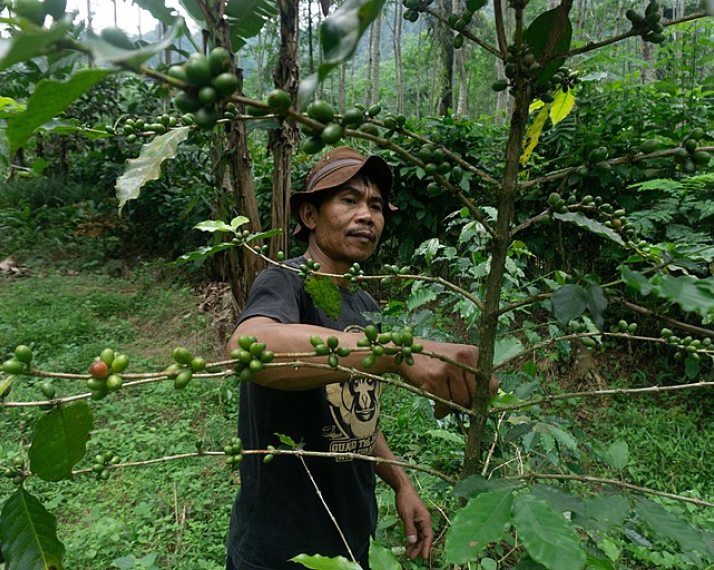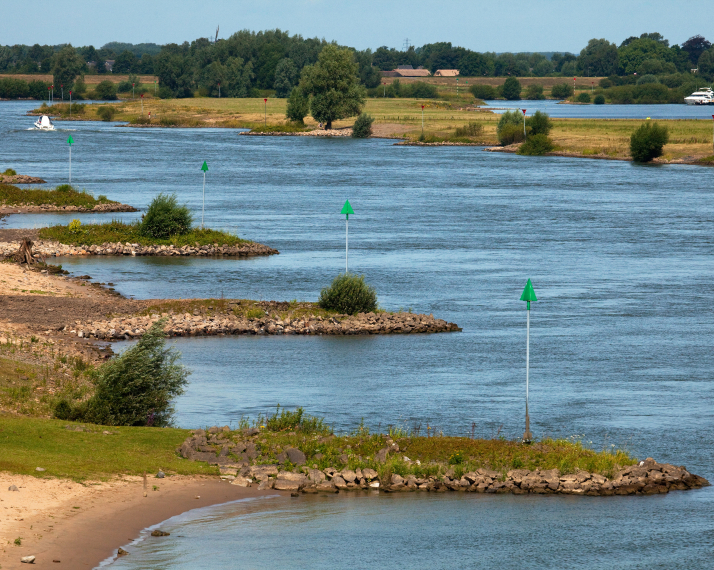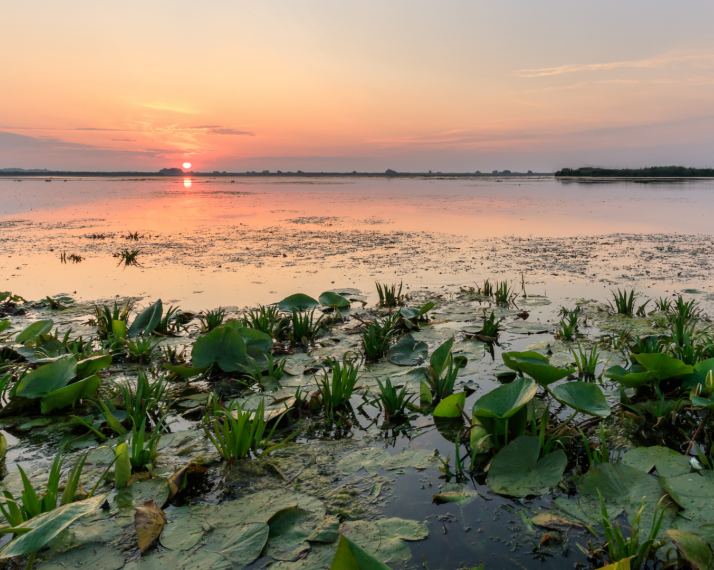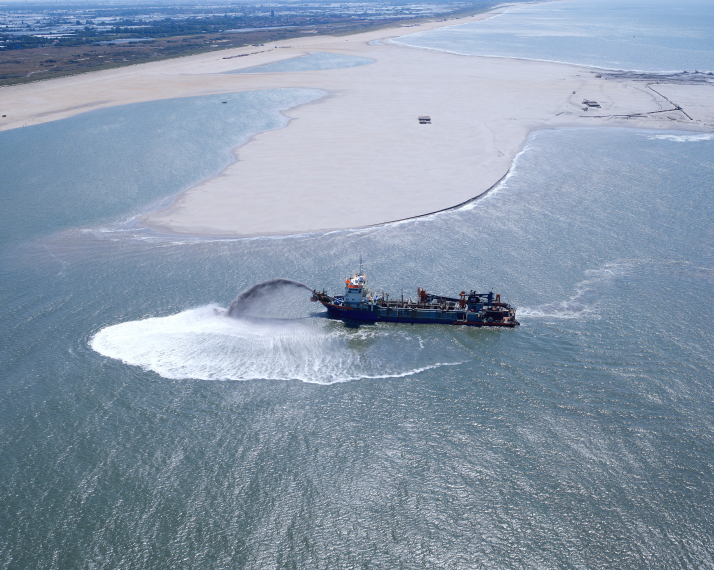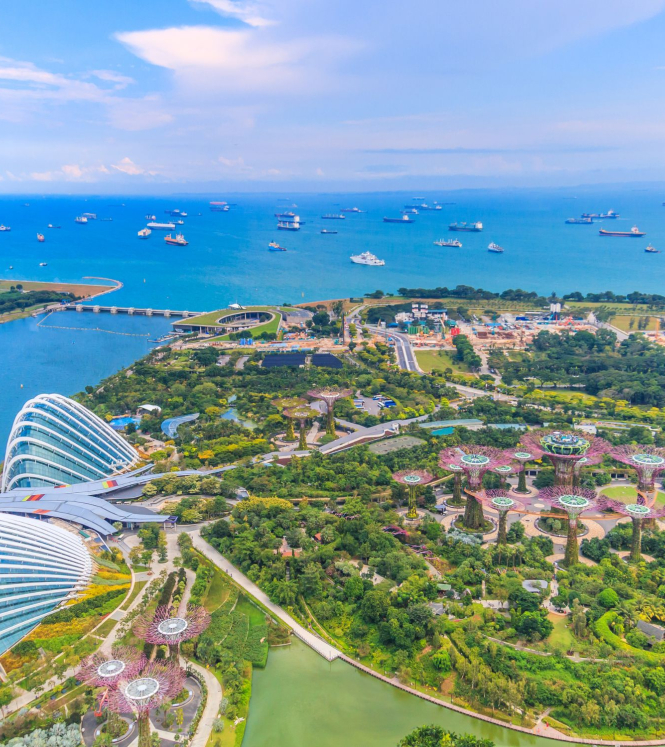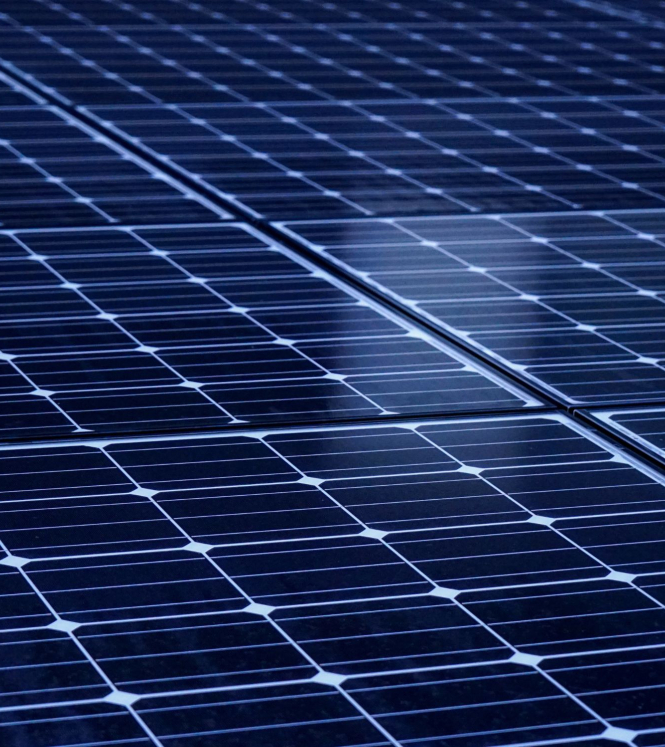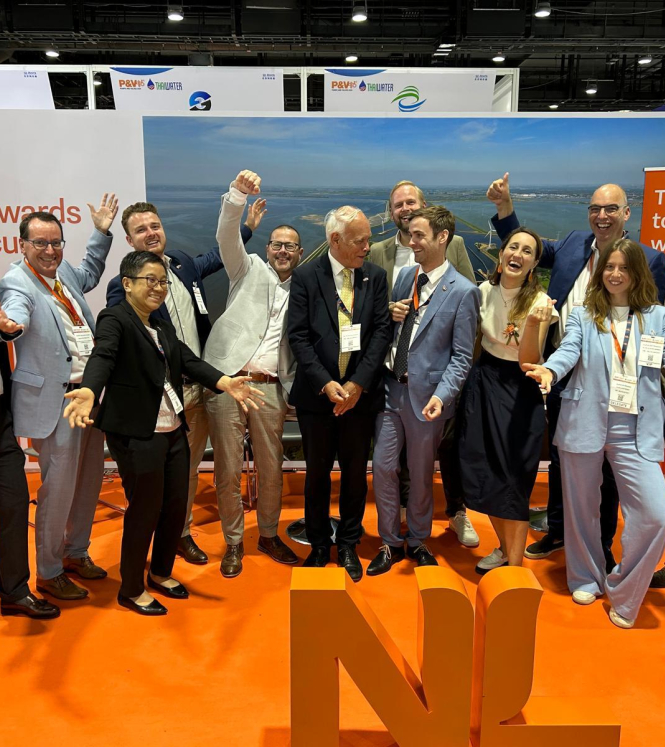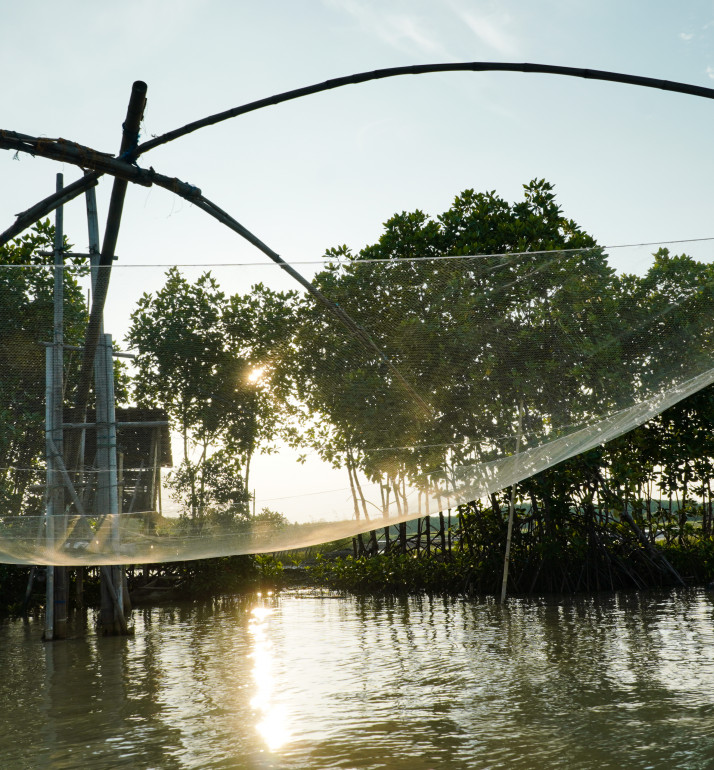
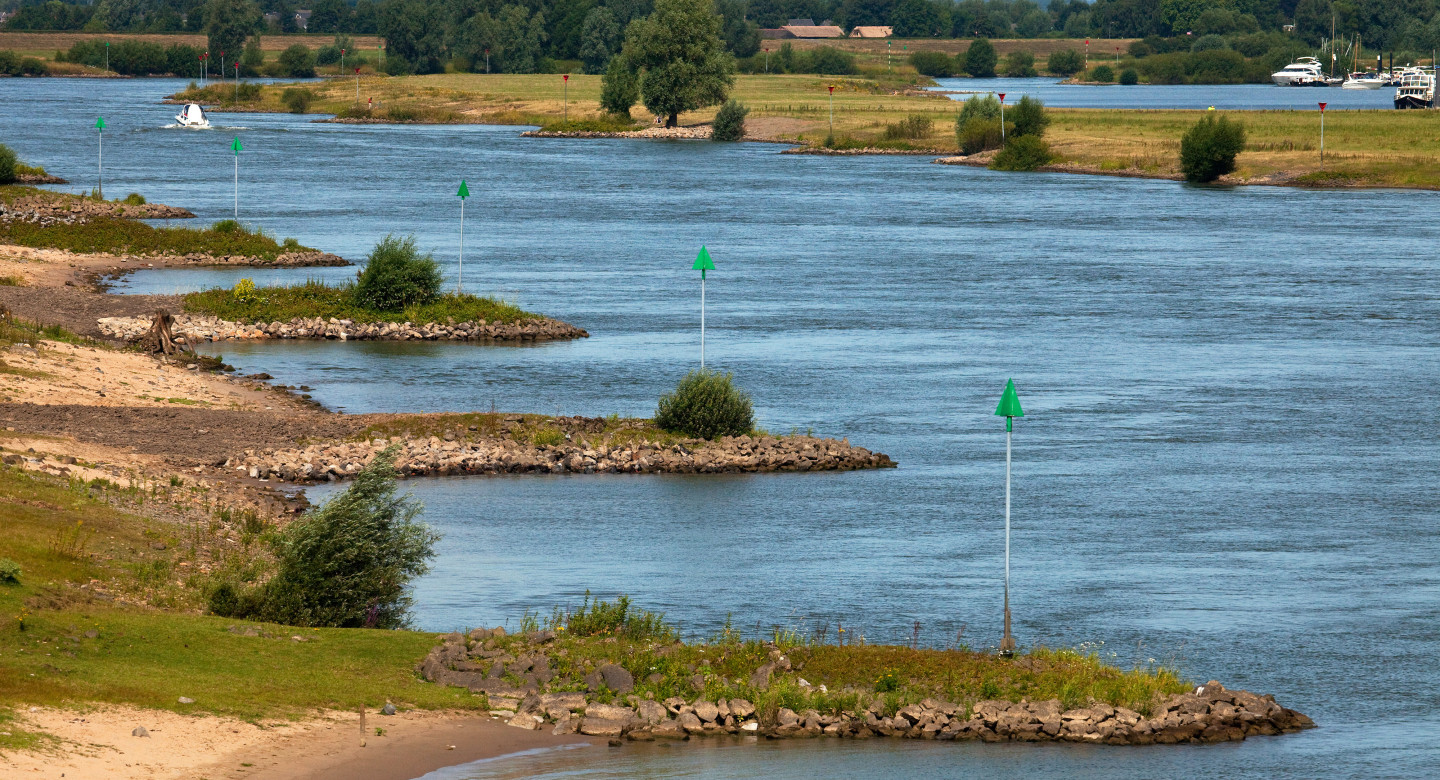
Sharing insights on nature-based solutions
As a low-lying delta country, the history and prosperity of the Netherlands is closely connected to water-related challenges. With a third of the country below sea-level and two thirds of the country’s economic activity, climate change has presented new threats as sea-levels rise and storm surges become more frequent.
In recent decades the realisation grew that a new approach is needed. For centuries, the Netherlands has been famous for its dykes and reclaimed land for housing and agriculture, now the country is giving its polders back to the water.
In a nature-based solution programme called Room for the River, 30 locations were identified where water needed more space to prevent flooding in urban areas further downstream. The Dutch collaborated with its neighbours France, Belgium and Germany as the Netherlands is where three major European rivers, the Meuse, the Rhine and the Scheldt discharge into the North Sea. These rivers transport huge quantities of melt water every Spring. Add this to heavier rainfall, rising sea levels and severer storms, and you have a recipe for disaster.
In 1995 a quarter of a million residents were evacuated from towns along the rivers due to the threat of flooding. The extremely high water levels triggered an ambitious plan to relocate dykes, widen flood plains, move farmhouses onto artificial mounds and shift huge amounts of earth. By its completion in 2015, high water levels no longer meant rivers broke their banks and the evacuation of residents was held to a minimum.
Ecological diversity
By creating 4,000 hectares of wetlands, the Netherlands has doubled the amount of water Dutch dykes and rivers can process. In early February 2020, the Noordwaard polder flooded for the first time. And that was exactly what it was meant to do. At a cost of almost 2.5 billion euros, the reversal of the reclamation of the polder was the largest nature-based project of its kind at the time. It also saved extra work downstream, as the height of the dykes could remain half a metre lower. In addition, the towns and cities in Rotterdam’s hinterland did not need to be evacuated as six million litres of water per second flowed into the Netherlands via the Rhine. When the waters receded, they left behind a plethora of plant seeds carried downstream by the rivers which contributed to the ecological diversity of the alluvial plains.
Nature-based solutions worldwide
The principles and best practices of room for nature-based solutions are being shared and adopted elsewhere in the world. In the UK, the Making Space for Water programme improves the condition of nutrients in wetlands and moors while reducing flood risk. Vancouver’s Fraser river basin is implementing flood attenuation measures in consultation with local residents and other stakeholders in its Lower Mainland Flood Management Strategy. In Indonesia, a consortium of international organisations and the local community developed natural structures to break the waves and prevent coastal erosion.
By sharing new insights and ideas, we can collectively resolve global challenges together in a sustainable way. Join us in the quest to tackle water challenges worldwide.
